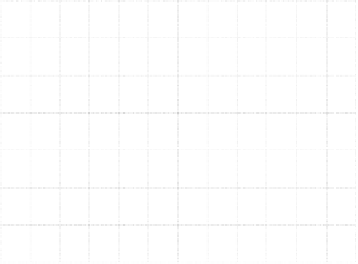Environmental Engineering Reference
In-Depth Information
10 °C. (Fig. 2.58). In the top centimetres of the Earth' surface temperature varia-
tions occur in the diurnal course due to solar radiation. These variations decrease
with increasing depth and are practically of no importance for the energetic utili-
sation of shallow geothermal energy.
14
12
10
8
6
1.5 m
3 m
6 m
10 m
30 m
.
4
2
0
123456789
10 11 12
Time in months
Fig. 2.58
Annual cycle of the temperature at different depths (see /2-4/)
0
February
August
5
May
November
10
15
20
25
02 46 8 0 2 4 6 8
Ground temperature in °C
Fig. 2.59
Ground temperature in near-surface soil (see /2-33/)
The depth where no seasonal temperature fluctuation occurs is referred to as
neutral zone. According to DIN 4049 this is the section below the surface of the
earth where the annual temperature course does not fluctuate by more than 0.1 K.
The temperature fluctuations decrease with depth and they are strongly influenced
by the thermal conductivity of rocks and the groundwater flow. This neutral zone
can be identified at depths of about 20 m. Below that, the temperature is
dominantly influenced by the geothermal heat flow. In an approximation, the
temperature within the neutral zone equals the mean long-term (over many years)
annual temperature at the surface of the earth in the respective region (i.e. 9 to




















Search WWH ::

Custom Search